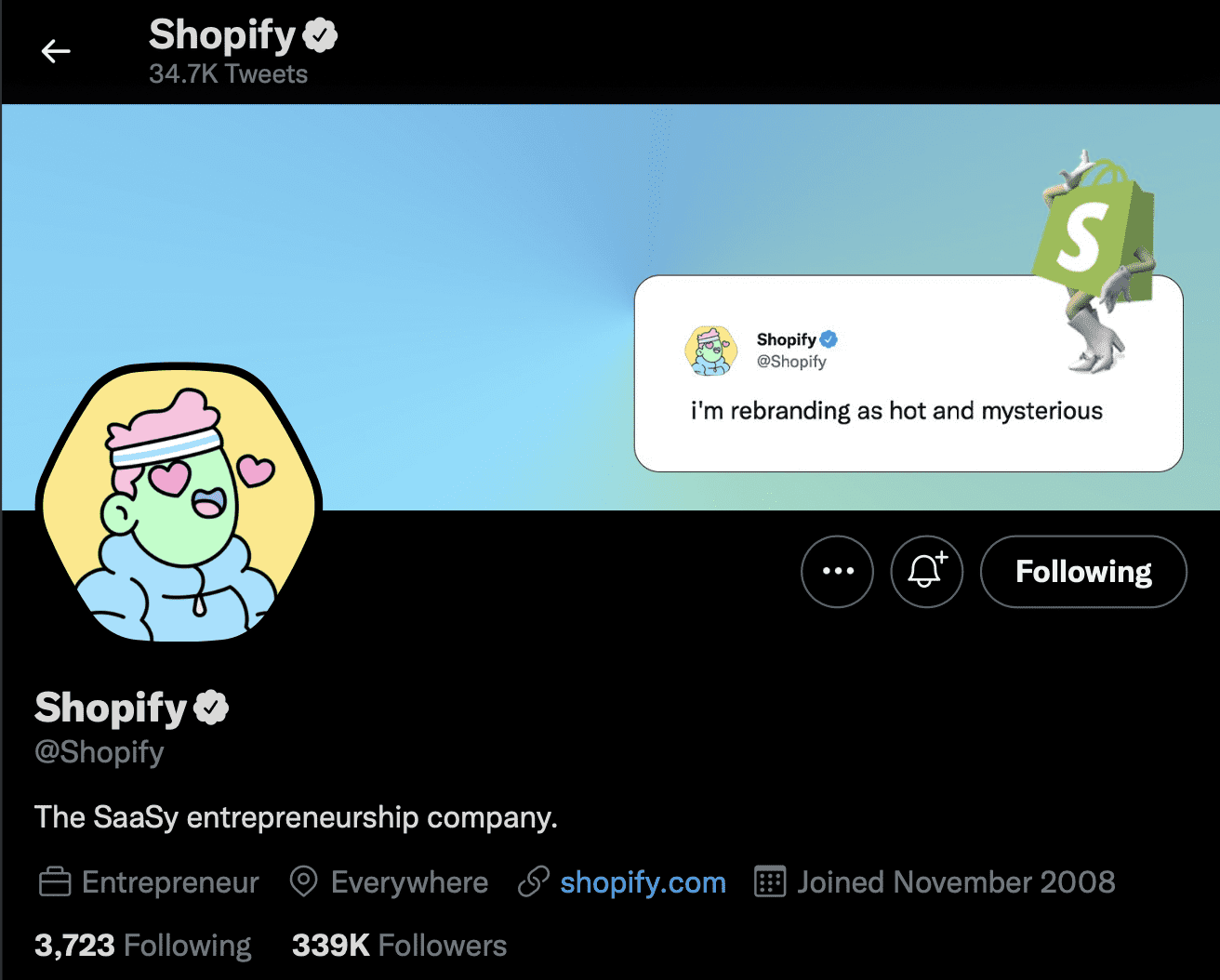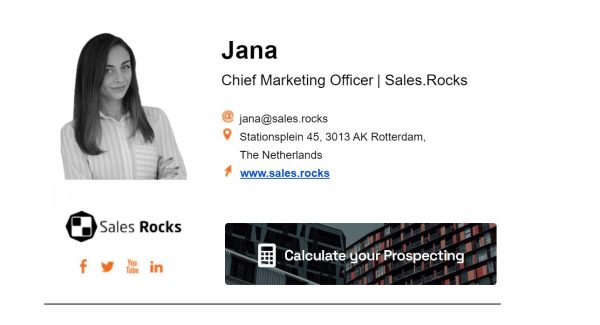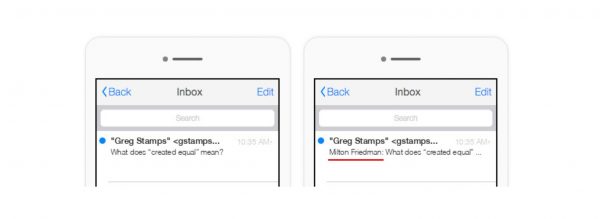Updated on February 20, 2023
As an SDR you know that one of your main KPIs is “meetings booked”. All those sales techniques and methods won’t bring in any profit if sales reps don’t get to try them through meetings with prospects.
If you’re one of those SDRs that “not having enough meetings” is their problem, then don’t worry about it. I’m here to talk about a great way to book more sales meetings: cold emailing. In fact, “meetings booked” is the main objective for many cold email campaigns. So cold emailing is right up your street.
If you’re new to cold emailing it’s the idea of sending unwanted emails to people without prior contact. A lot of people are averse to the idea and consider it a form of spamming, but luckily there’s nothing against the law in it. You can actually send GDPR-compliant cold emails and book a lot of sales meetings with your prospects.
If you’ve been sending cold emails for a while and are wondering how to simply book more meetings through them, I won’t keep you waiting.
Top strategies to book sales meetings through cold outreach
#1. Personalize your message to the maximum possible extent
91% of respondents in Accenture’s Pulse Check stated that they’re more likely to shop with brands that remember their preferences and provide relevant offers and experiences. And 73% also said that a business has never communicated with them online in a way that felt too personalized or invasive.
That means you might have more room for personalization in your cold emails than you imagined. When you’re writing cold emails, of course, you have very limited information about the contact. But still, there are tricks that you can apply to add a little touch of personalization to your cold emails.
First and foremost, use your recipient’s name in the subject line. As an SDR, you want to signal to them that this is the beginning of a partnership, so you want to remove the invisible barriers inherent in cold selling. Calling your prospects by their name distracts them from the annoyment that comes with the thought that they’re just a part of the contact list in your CRM.
You can do this through Gmail by doing a mail merge. But if you want a full-scale automated personalization, consider using a hyper-personalization platform such as Sales.Rocks.
Even though you don’t have much personal information, you can personalize the email content by recognizing their business’s accomplishments. It’ll be music to your prospect’s ears. Even if they realize it’s a sales tactic, you’ll still get credit for it.
However, generalizations should be avoided. You’ll need to say more than “I really liked your website!”, or “This article you wrote made me think of our report”. Be explicit about what impresses you. Do some research about your prospect and their company to learn about recent developments, prizes, events they held, and use this information to celebrate their success.
As Carsten Schaefer, the founder and CEO of Trust explains:
“Usually, the biggest problem is that no one researches our company well enough to know what kind of offer is relevant to us. Besides, cliché phrases like I’m a big fan of your blog/company/product (you name it) along with the vast plain text below without any signs of personalization, make me delete an email without even reading it.”
You must always keep in mind, there’s no one-size-fits all strategy when it comes to email marketing. Your audience is different from even your competitors’ audiences. You have a unique value proposition that positions your business in the market where you fulfill a specific need.
Conduct A/B testing to find out what entices your prospects to become customers, and keep the results that work. It’s remarkable that even the smallest details (like adding a number or an emoji) can create an impact. And don’t forget to use email testing tools to analyze your emails for spam and deliverability issues as well.
Turn theory into practice with the right sales tool.
#2. Play to FOMO
SDRs write pages-long emails about the quality and capabilities of their products and solutions to push prospects to the tipping point, where they finally decide to get in touch. But that is hardly effective.
A truly effective cold outreach email must explain to the audience what they’re missing. Of course, mentioning a competitor that uses your solution deepens the effect. Say, for instance, you’re selling an in-app streaming solution for e-commerce companies. Which of the subject lines below do you think will generate a higher open rate?
A.) Boost Sales With In-app Streaming Solution
B.) How Competitor X Boosted Black Friday Sales With a Live Stream Shopping Event
Without a doubt, the generic one will not be successful in catching recipients’ attention. And brands that serve e-commerce companies often speak with a friendly, genuine, sarcastic tone of voice. Take Shopify for example.

You can even switch your tone to a subtly provocative one, like “Why Did Competitor X Boost Sales This CM and You Didn’t”. If you’re looking for more subject lines ideas, check out our list of effective subject lines with a +65% open rate.
This strategy will also work in the context where you’re reaching out to global brands. If Zalando’s Berlin office is your customer, for instance, you can reach out to the Dublin office to tell them about your successful partnership. This way, they can easily contact their peers and check if your story matches their experience with you.
#3. Align advertising strategy
Pre-targeting is a relatively new concept in marketing, where you promote ads to an audience before reaching out to them via email. The idea is to use the familiarity from multiple ad exposures to increase the response rate.
Hoover Institution’s 2019 research examined this idea with a simple research question: How will name familiarity in an email subject line affect open rates? They created two almost identical subject lines, with a single difference: one of them contained the name of the renowned economist Milton Freedman.
And the findings revealed that the subject line with Milton Freedman’s name had a 6.7% higher open rate.
When you think of your own experience with the brands in your life, it’s not that surprising, right? Establishing trust as a growing brand is not so easy, and it’s something that’s built-in time. That’s why many businesses promote introductory ads that will help get their brand in front of customers and increase exposure to their brand name and virtual language.
I’m sure you’ve come across one of the ClickUp ads, for instance.
Use your advertising channels to increase exposure to those you’ll target via cold outreach.
A strong online presence will definitely help you capture their attention. And you don’t have to adopt this strategy right away. When you’re designing the next cold outreach campaign, for instance, randomly divide your audience into two and conduct an A/B test. Start showing one group ads a month before the first email, and see if there’s a statistically significant difference between the two groups’ open rates.
#4. Leverage your LinkedIn network
LinkedIn is hands down one of the most popular social media platforms among professional circles. Naturally, it’s receiving growing attention from marketers worldwide. Professionals across industries spend a considerable portion of their time on LinkedIn scrolling through news from their network, competitors, technology, and so on. This unique environment brings together aspects of professional and personal life, like a friend’s promotion news, and a new technology that you’d consider investing in. And what does this mean?
Platforms like LinkedIn (although I can’t name a popular alternative right away) are semi-social and semi-professional, and they make it easier for marketers to deliver their message in a more personal manner. Like giving reference to a common experience. Kasia Majewska, marketing executive at NapelonCat, explains this effect:
“My rule number one is being polite, always. Another thing that I do is mention a point of reference: I usually tell the person I’m reaching out to that I saw their publications somewhere else, for example on a Facebook or LinkedIn group. This method puts your outreach in a context and it basically equips you with a reason to reach out.”
Multichannel prospecting is as effective as it sounds. Friend your prospects on LinkedIn (start with an invite message). As an SDR, having made that first touch will contribute drastically to the open rates of your emails sent afterward.
Those people you’ve contacted will at least be familiar with your name, and even if they won’t, there’s one more trick you can try. To recipients that didn’t open the first email, send a sequel with a subject line that will remind them of your LinkedIn conversation.
Another area where LinkedIn can help you is targeting competitors’ customers. They’re already high-quality leads with a proven interest in the type of products/services you offer. Reach out to the decision-makers in those companies via LinkedIn, and set the following email sequence if they don’t show a reaction.
#5. Optimize email endings
Email endings are where you deliver a closure – the moment of truth for your entire cold email. This is where you can show your recipients, straight to their faces, what exactly you want from them.
If the previous steps were intended to make your email less intrusive and more appealing to your audience, this final step is exclusively intended to help you book more meetings.
There are two points you should consider when optimizing your cold email endings:
1. Use a CTA
2. Use a signature
Use a call to action (CTA)
By now you should know that cold emails are not the most welcome kind of emails. People just tend to ignore them right away even before opening them. A few that open cold emails hoping to find something interesting tend to ignore them if these emails don’t lead them anywhere specific.
To make sure your recipients know exactly what to do when they reach the end of your email, you need to include a call to action (CTA) and let them know what to do. In the case of booking more meetings, you need to include a CTA that prompts people to book a meeting.
Now like any other elements in a cold email, there are some variants that could be tested.
- Entice people to book a meeting directly by clicking a link and scheduling a date through a meeting management software right in your first email,
- Or ask them to respond to your email and state their questions and doubts. Then send them the link to book a meeting in your next emails or through a landing page.
The first variant is more straightforward and might seem to work faster for you, especially if you’re sending a mass email campaign to a random list. “Meetings booked” is a flashy KPI to rave about, right?
However, I personally believe it’s a little too much to expect your busy recipients to book a meeting with someone who has crashed their inbox and impudently asks for a meeting. This is just too high of a barrier for your busy recipients to pass, and in cold emailing barriers are what you need to eliminate.
On the other hand, asking recipients to respond to your email quickly and raise some questions is a great way to warm them up and gain their trust.
My personal observations verify this. I never book meetings with people I just stumbled upon in a cold email. Before booking a meeting with them, I reply to their email with a few questions to see how reliable and serious they are, and honestly, in most cases, I don’t even get a response (let alone a good response). Why should I risk wasting my time with someone who’d only care about “meetings booked” rather than my concerns?
Mind your signature
Speaking of gaining people’s trust through cold emails, we can’t neglect the effects of a good email signature on this. A good email signature contains:
- Your name, surname, and a headshot
- Your job title and company name
- Contact information (email address, phone number, physical address)
- Link to your company website
This is a good example of an email signature.

It’s quite easy to see why a good email signature builds trust with your recipients: it clearly shows you’re a legitimate marketer with a good track record who is seeking to form a meaningful business relationship with them. This makes a huge difference in itself considering the fact that most cold emails are sent by fake people from fake email addresses.
Conclusion
Booking more meetings through cold email outreach does not really end with a few tricks and hacks. It all goes back to the overall quality of your outreach: how you find your contacts, how you introduce yourself and build trust, what actions you expect them to do, and how you follow up.
Test the strategies mentioned in this article to find out what works best for you and optimize your strategy in the long run. A good sales automation platform such as Sales.Rocks can help you throughout your entire sales development process.
At the end of the day, you need to see cold emailing as a starting point to a meaningful business relationship with your contacts. So do everything you can to provide a positive experience for them and increase their engagement.
Optimize your outreach for every subscriber and every inbox.
Author:
 Mostafa Dastras has written for some companies such as HubSpot, WordStream, SmartInsights, LeadPages, and MarketingProfs. Over the past years, his clients have primarily relied on him for increasing organic traffic and generating leads through outreach campaigns. Visit his blog, LiveaBusinessLife, or connect with him on LinkedIn to get him to work with you.
Mostafa Dastras has written for some companies such as HubSpot, WordStream, SmartInsights, LeadPages, and MarketingProfs. Over the past years, his clients have primarily relied on him for increasing organic traffic and generating leads through outreach campaigns. Visit his blog, LiveaBusinessLife, or connect with him on LinkedIn to get him to work with you.



